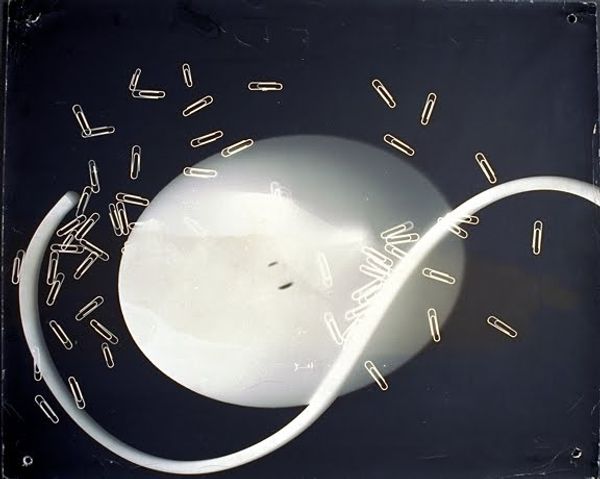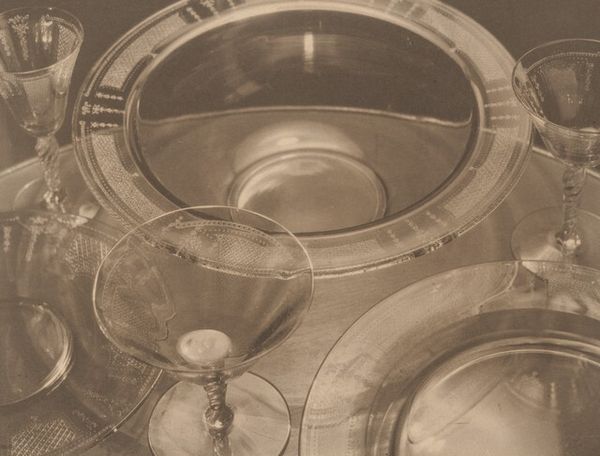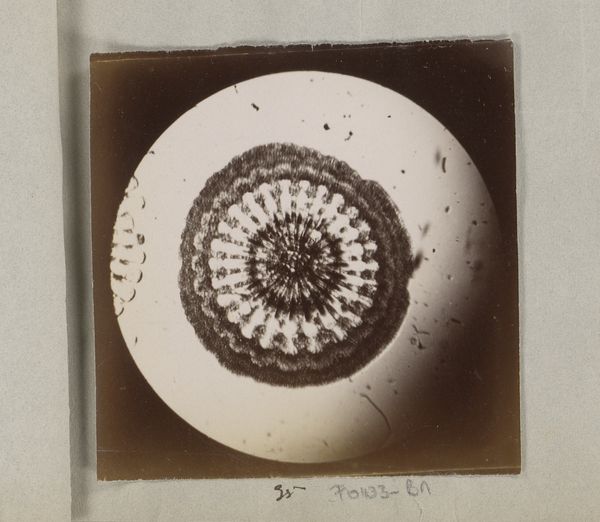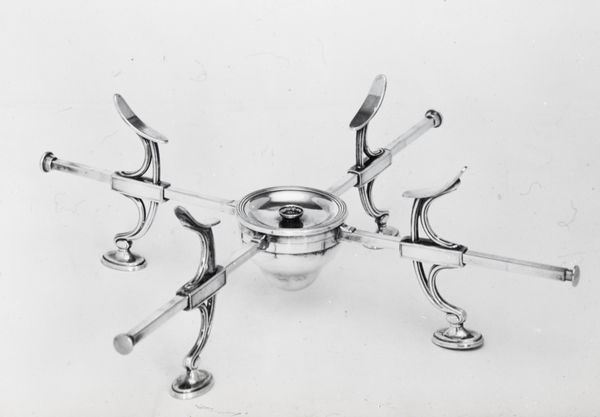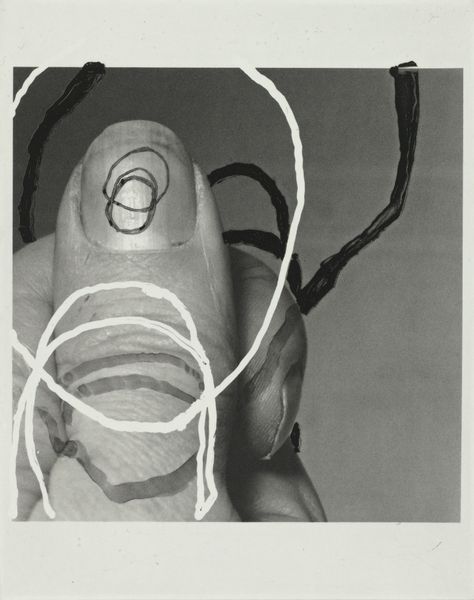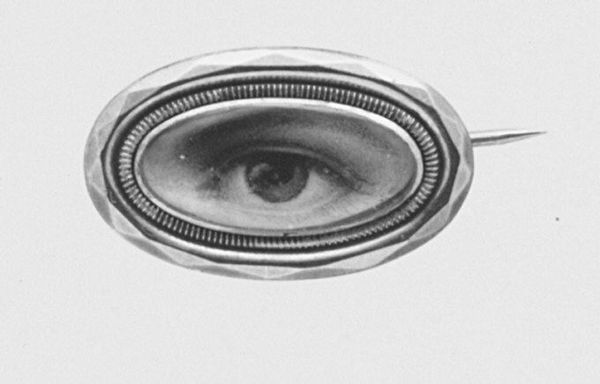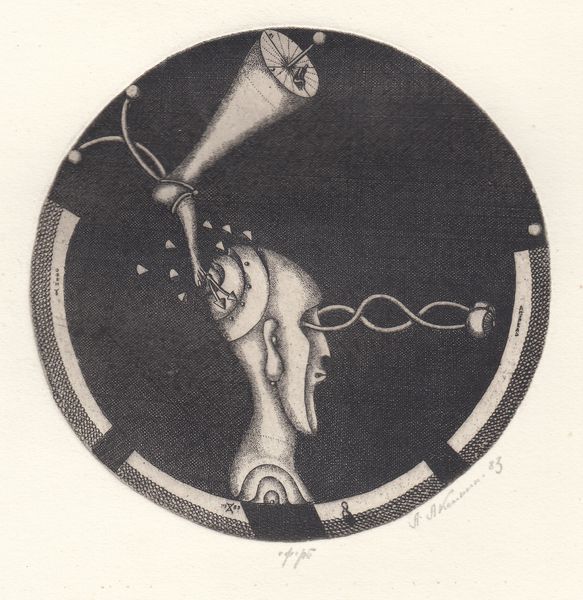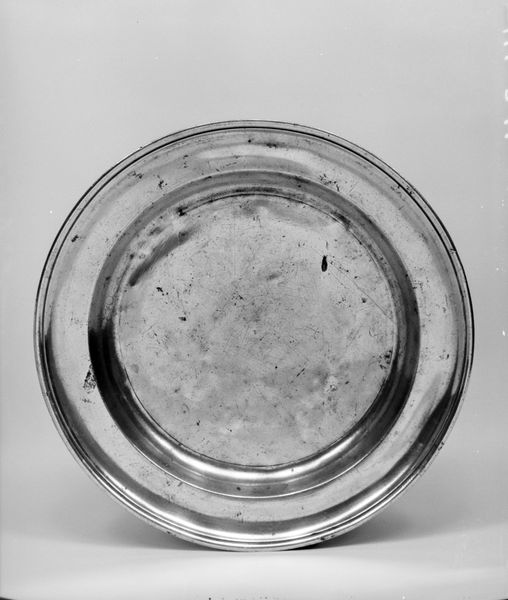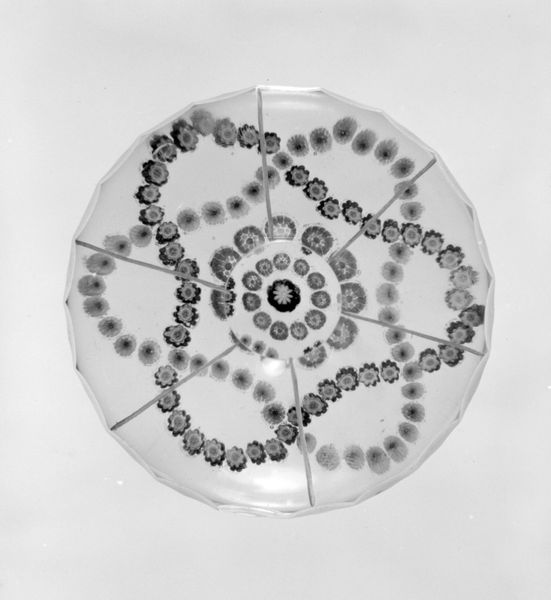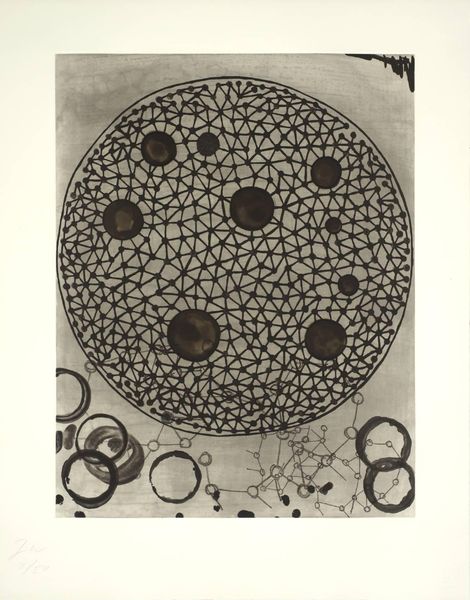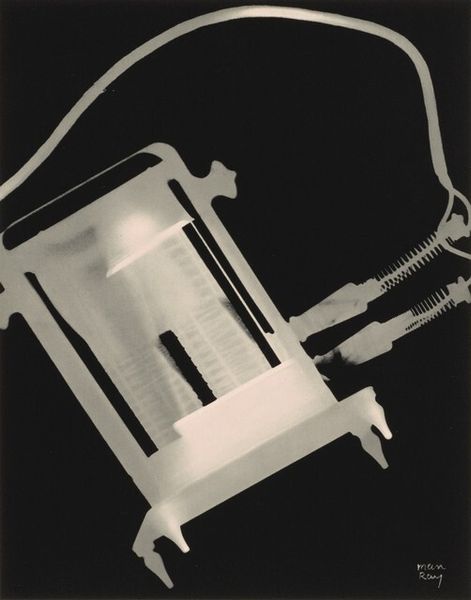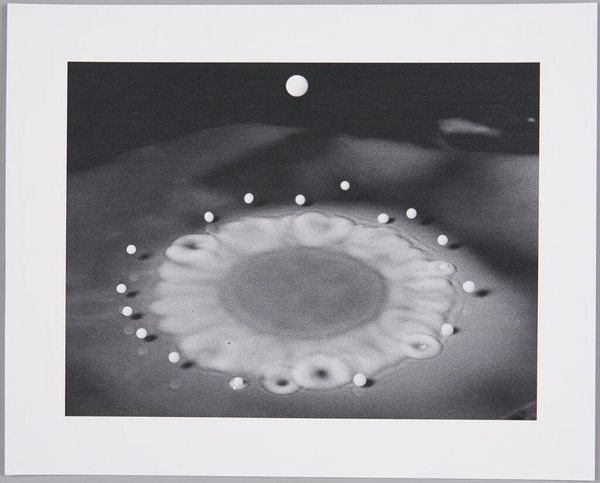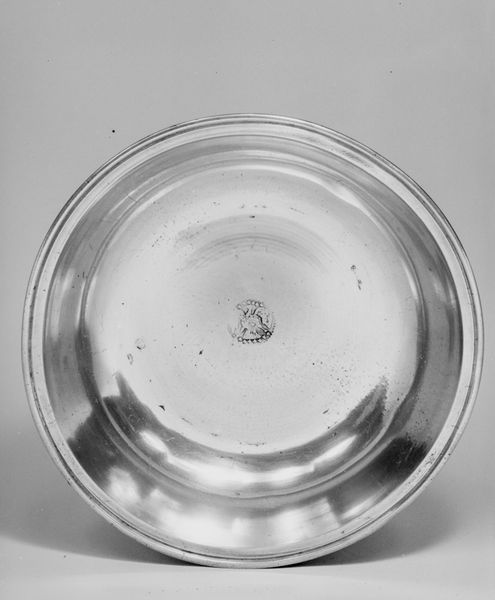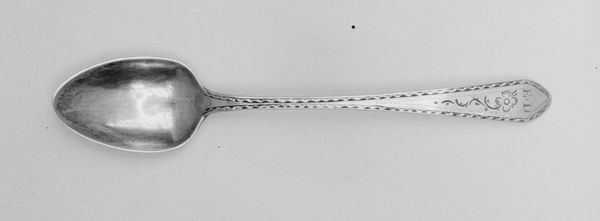
silver, metal, sculpture
#
silver
#
baroque
#
metal
#
sculpture
#
sculpture
#
united-states
#
decorative-art
Dimensions: 1 1/4 x 11 1/4 x 4 3/4 in. (3.18 x 28.58 x 12.07 cm)
Copyright: Public Domain
Editor: Here we have Jacob Hurd's "Punch Strainer," crafted from silver around 1740 to 1750. It’s delicate and beautiful, but seeing something so refined used for something as informal as a punch bowl is quite striking. What do you make of it? Curator: It’s tempting to see it as purely decorative, but objects like this reveal complex social dynamics. Who was drinking punch in the mid-18th century, and what did that ritual represent? Silver denoted status, yes, but punch, often including imported spices and spirits, speaks directly to colonial trade routes and even systems of enslavement. Editor: So the strainer is linked to colonialism? Curator: Absolutely. Consider the sugar needed for punch. Its production fueled the transatlantic slave trade. Owning this strainer wasn't just about enjoying a beverage, it was a quiet participation in—and benefiting from—a profoundly unequal system. The very act of straining, of purifying, contrasts sharply with the brutal realities of its origin. Does seeing it this way shift your initial perception? Editor: It really does. The elegance seems almost complicit now, a fancy veneer over a darker reality. So this delicate object is sort of screaming for awareness. Curator: Precisely. It challenges us to look beyond the surface, to interrogate the narratives of wealth and power encoded in even the simplest domestic items. Editor: I’ll definitely look at decorative arts differently now. Curator: Good. This piece shows objects aren’t just things; they are silent witnesses, bearing the weight of history and demanding we acknowledge the uncomfortable truths they hold.
Comments
No comments
Be the first to comment and join the conversation on the ultimate creative platform.
